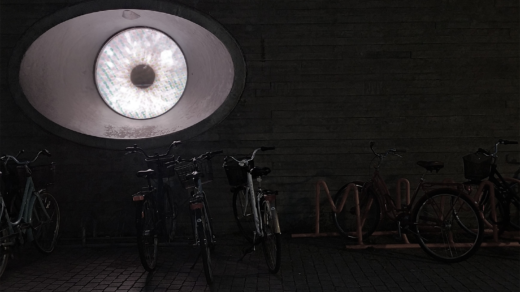The principle of Leading Lines is a compositional technique in visual arts, including photography and painting, that involves using lines within an image to guide the viewer’s eyes towards a specific focal point or area of interest. Leading lines are essentially paths or visual elements that help direct attention, create a sense of movement, and enhance the overall visual impact of the composition.


The primary purpose of leading lines is to draw attention to the main subject or focal point of the image. Whether it’s a person, an object, or a specific area, the lines act as a visual pathway that directs the viewer’s eyes towards the intended center of interest. Leading lines can take various forms, including straight, diagonal, curved, or zigzag patterns. The choice of line type depends on the desired effect and the characteristics of the subject. Diagonal lines, for example, can convey a sense of energy and dynamism, while curved lines may suggest grace and flow. These lines can be literal, such as rivers, tree branches, roads, pathways, or railings, or implied through the arrangement of shapes, shadows, or other elements.

By incorporating leading lines that converge towards a vanishing point, the photographer can simulate perspective, making the composition feel more immersive and three-dimensional.
While the term “leading lines” might not have been explicitly used in classical art, many artists employed compositional techniques that guide the viewer’s eyes towards a focal point or subject within the artwork. Among examples are Leonardo da Vinci’s “The Last Supper” (1495–1498), Caravaggio’s “The Supper at Emmaus” (1601), Vincent van Gogh’s “Starry Night” (1889).
The photos published on this page are a matter of copyright.
Photo credits to: Seg Kirakossian




